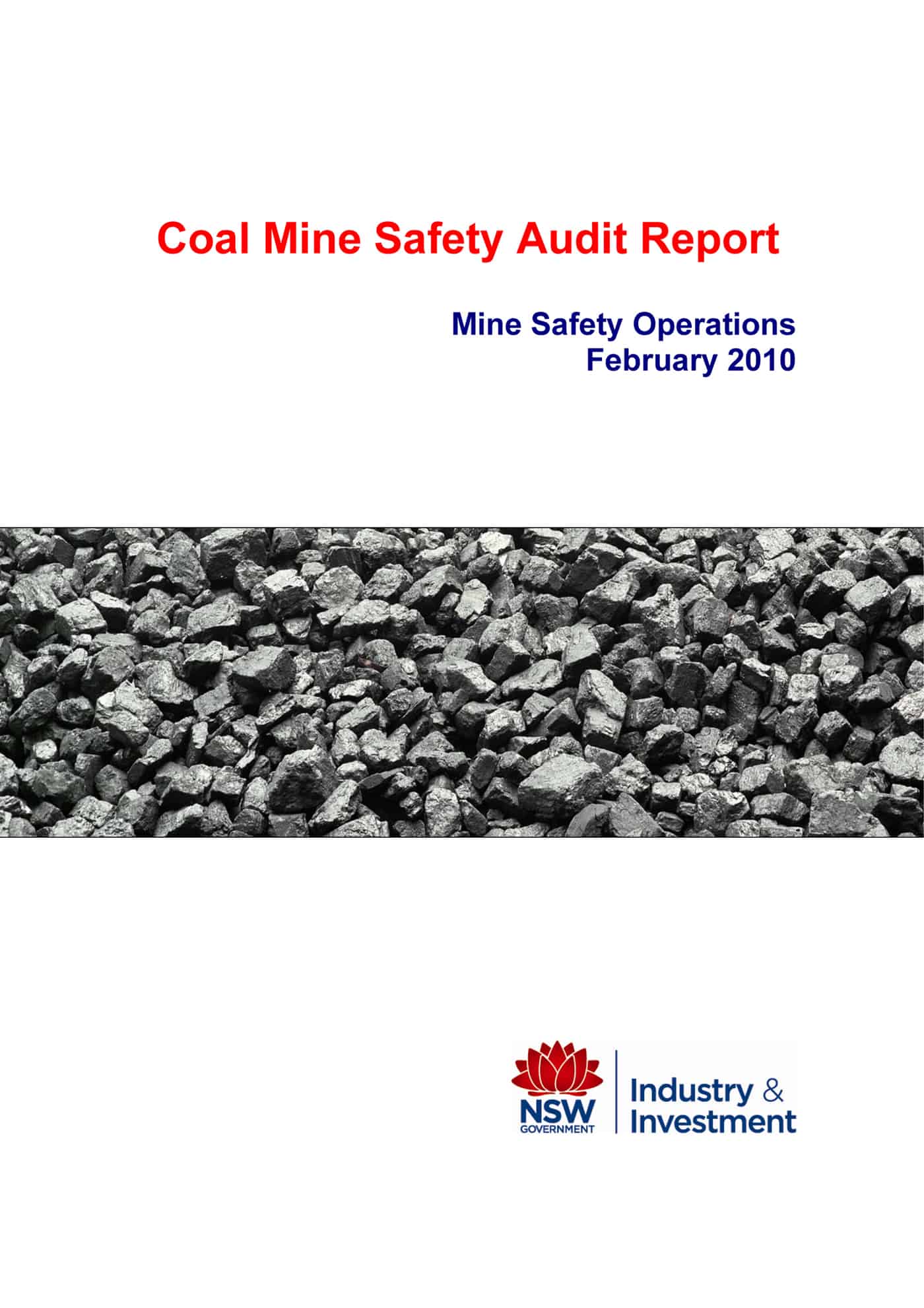Australian trade unions, particularly those in the construction sector, have strongly supported Ark Tribe in his battle with the Australian Building & Construction Commission (ABCC). Outside of the world of Australian construction trade union politics, the Ark Tribe issue has been difficult to understand without over-simplifying the issue.
In 2008, Ark Tribe attended a union safety meeting conducted by union organiser Justin Feehan. The meeting was unauthorised and led to Tribe being called on for an interview with the ABCC. He refused to attend and legal action has been taken which is likely to be resolved in the Australian courts today. Tribe faces six month’s jail.
Regularly the saga has been described as one concerning workplace safety. An unauthorised safety meeting may have been the initial event but the issue passed being an OHS matter very quickly to become one of industrial relations and a cause celebre against the ABCC. Continue reading “What does the Ark Tribe case have to do with workplace safety?”

